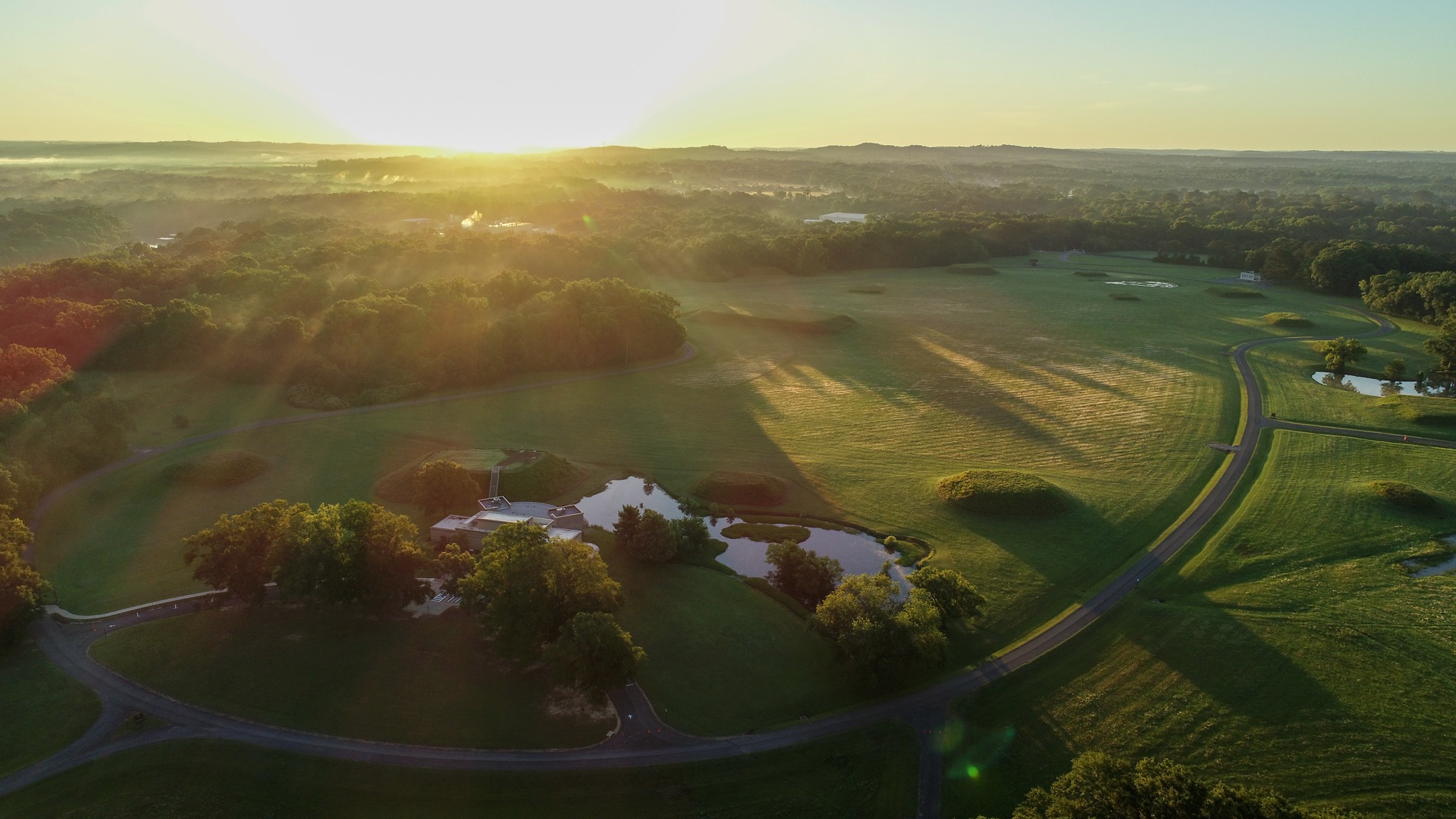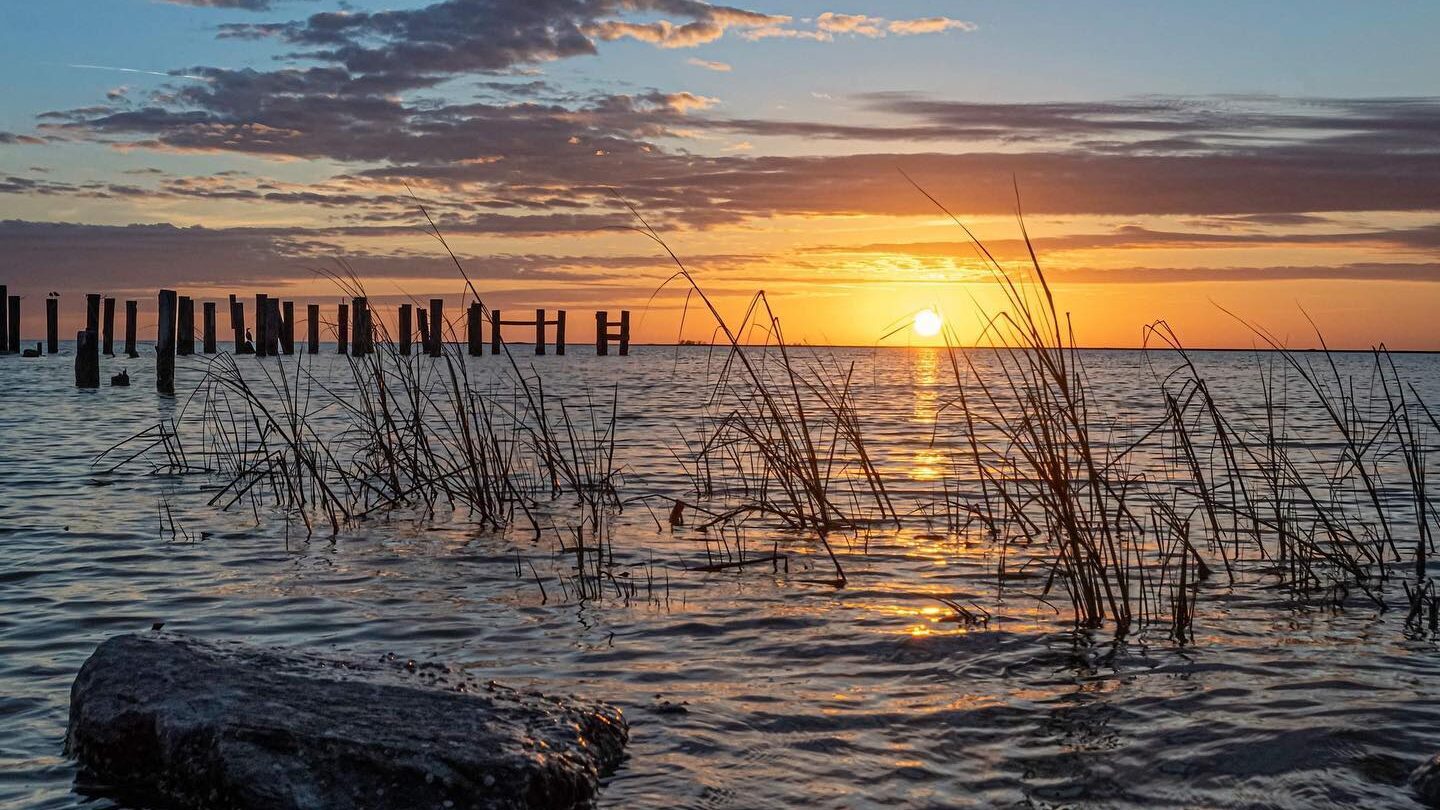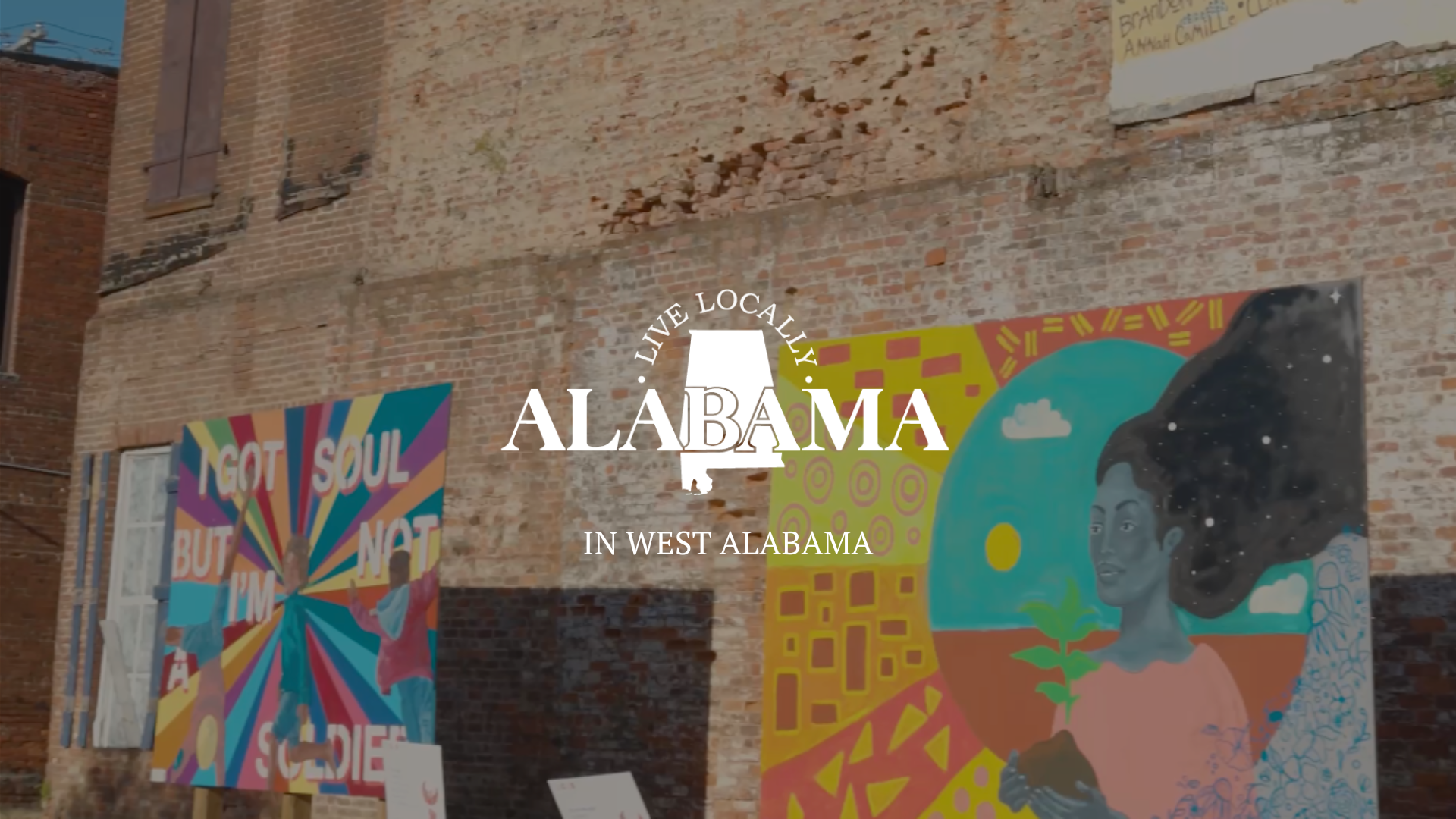Fourteen miles from The University of Alabama’s bustling college campus lies the site of another thriving community. More than 900 years ago, Moundville, nicknamed The Big Apple of the 14th Century by National Geographic, was once America’s largest city north of Mexico and one of the most powerful prehistoric communities of all time. Today, what remains of this huge settlement of Mississippian culture is one of the nation’s most important Native American heritage sites. This hidden historical gem is now managed by The University of Alabama College of Arts & Sciences and is open to the public to visit seven days a week.
History
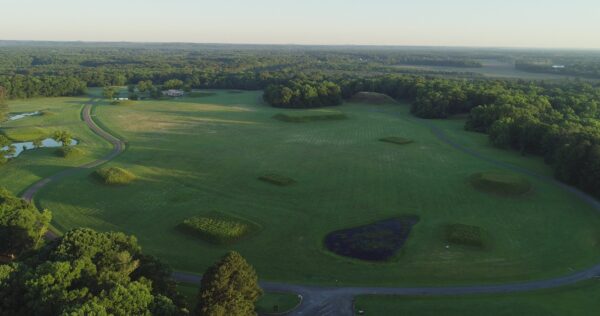
(Moundville Archaeological Park and Museum/Facebook)
To fully appreciate the park, it’s important to paint a picture for yourself of what it once was by learning about its history. Located on the Black Warrior River, Moundville was once a thriving ceremonial and political center of Mississippian culture. It’s estimated that the city was built around 1120. At its height, an estimated 1,000 people lived inside its fortified wooden walls and 10,000 more called the surrounding area home.
Moundville was a planned community of 29 constructed flat-topped earthen mounds arranged around a vast central plaza. Each mound served as a platform for civic or ceremonial structures, as well as for nobles’ homes. The tallest mound, known as Chieftain’s Mound, stands at nearly 60 feet. The entire 300-acre development was situated on a bluff overlooking the Black Warrior River, a major source of life for the Mississippian people. Unlike earlier societies that relied on hunting and gathering, the Mississippian culture developed sustainable agricultural practices that allowed the creation of permanent settlements. Moundville was one of the largest and most complex societies, second only to Cahokia in Illinois.
Most of what’s known about Moundville has been discovered through archaeological excavations. Though it’s not known what exactly brought this community together, archaeologists estimate that the mounds gradually fell out of use between 1300 and 1450. Evidence suggests that inhabitants scattered, building single-mound sites along the river, leaving Moundville to become primarily a burial ground.
The first scientific excavation of the site began in 1929, and from 1933 to 1941, a major project took place to restore the mounds, construct roads around it, and build a museum in its honor. At the time, more than 500,000 square feet of the site, including more than 2,000 burial sites, the remains of 75 houses, and thousands of artifacts were uncovered. However, this represents only 14 percent of the site. The site became a National Historic Landmark in 1964, and in 2010, the Jones Archaeological Museum at Moundville, originally built in 1939, underwent a $5 million renovation.
Plan Your Visit
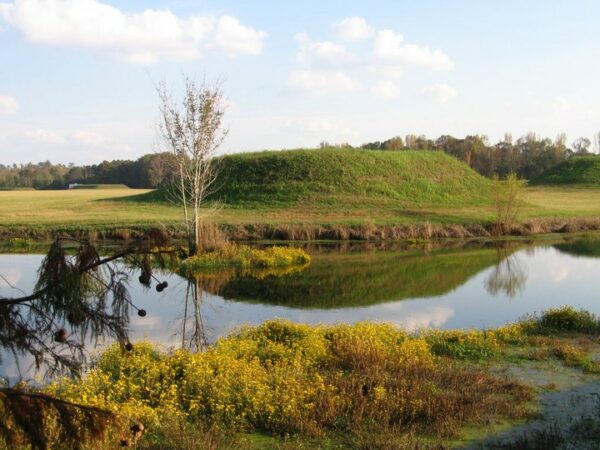
(Moundville Archaeological Park and Museum/Facebook)
Start your visit to Moundville on a self-guided tour of the museum’s Lost Realm of the Black Warrior exhibit. The exhibit tells the story of Moundville and its people through a series of realistic scenes with full-sized human figures depicting a wedding ceremony, chief’s home, medicine maker in an earth lodge, and other common scenes from daily life. In addition to the scenes, you’ll find more than 200 ancient artifacts throughout the exhibit, as well as murals depicting daily life. Be sure to take note of the stunning bird-serpent bowl carved from a single piece of stone.
Once you’ve made it through the museum, it’s time to stand in awe of Moundville by taking in its sweeping panoramic views. As you walk the lush green grounds, imagine all the life that once took place on the very ground you’re walking. Be sure to climb the stairs to the top of Chieftain’s Mound for the best view of the park. Instead of seeing the sea of green below, imagine hundreds of houses surrounding the mounds, with people trading, cooking, playing games, and conducting their daily business.
Before you leave, check out the park’s half-mile nature trail and on-site Three Sisters Garden, where you can learn about Native American food and medicine. If you’d like to extend the adventure and get a glimpse of what it was like to live in Moundville, consider booking one of the park’s 34 campsites for RV and tent camping.
